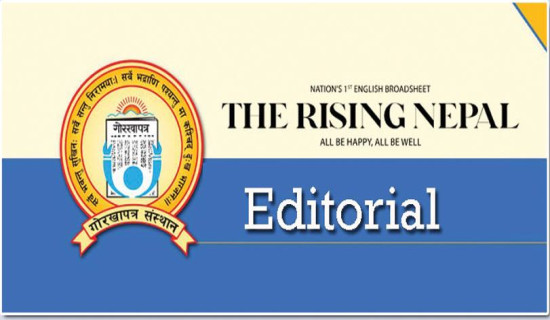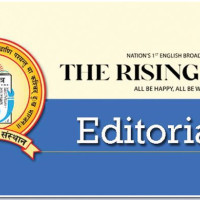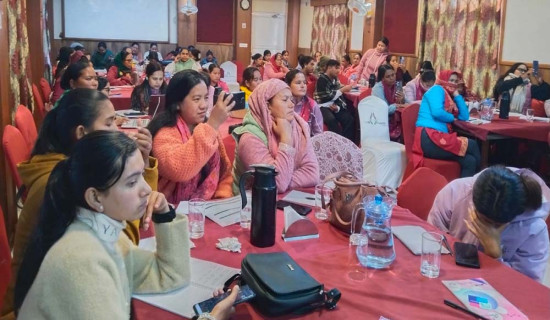- Wednesday, 24 December 2025
Prudence In Imports
Nepali economy has been grappling with numerous problems and challenges, including a fall in foreign exchange reserves, in the post-COVID scenario. The pandemic has hit almost all the sectors of the national economy. The remittance sector that is the biggest source of foreign exchange earnings of the country has remained affected. Tourism is considered to be the second largest sector to contribute to foreign currencies. As a fragile sector, tourism was in the doldrums following the outbreak of the pandemic. This sector, however, has begun bouncing back with a remarkable drop in COVID-19 infections. If tourism keeps on reviving, it may help bolster foreign exchange reserves. However, Nepal’s economy, which is mostly import-based, has continued to witness a widening trade imbalance as the country has to pay a lot of foreign exchanges for goods and services. The government, however, has adopted some urgent measures to reduce trade deficit and shore up foreign currency reserves.
As part of its efforts to control imports, the government has already banned the import of various non-essential items under 10 categories. These goods include all kinds of alcoholic beverages and tobacco products, large-engine motorcycles and cell phones costing more than US$ 600, toys, playing cards, diamonds, and snacks like Lays and Kurkure. The ban will remain effective until mid-July this year. Economists and financial management experts had advised the government to step up necessary measures in view of fast depletion of foreign exchange reserve. The Ministry of Industry, Commerce and Supplies (MoICS) issued a notice in this connection in Nepal Gazette on April 26. With the prohibition of the import of these luxury goods, the country’s foreign exchange reserves are unlikely to decrease further. Experts have now called on the government to immediately go for import management methods in order to deal with the existing pressure on foreign exchange and promote domestic industries.
According to a news report carried by this daily on Thursday, they have underlined the need for the government to embrace several import management practices such as countervailing, tariff and non-tariff measures and quality control for foreign goods being imported into the country. The current economic problem is due mainly to a lack of proper initiative on the part of the state mechanisms to enforce measures aimed at minimising trade deficit. Some four years ago, more than a dozen organisations had formulated a trade deficit reduction strategy after holding extensive discussions. It chiefly focusses on import substitution through increasing domestic production. It is imperative for the concerned bodies to work as per the strategy to lessen imports significantly.
With a frequent rise in fuel prices, goods and services have now become more expensive than ever before. The ongoing Russia-Ukraine war has led to a massive hike in prices of the petroleum products, edible oil and many other consumer items. As the country has been facing the external sector’s pressure, threatening the domestic manufacturing industries, the MoICS and other responsible authorities must come up with appropriate steps to cope with the existing economic challenges. Many had likened Nepal’s economic crisis with that of Sri Lanka. The Island Nation has been going through a serious problem because of its policy failures and a rapid increase in foreign debts. But economists do not agree with the view that Nepal could follow the Sri Lankan way. They, however, suggested maintaining fiscal disciplines to mobilise all the economic indicators in the right direction.

















